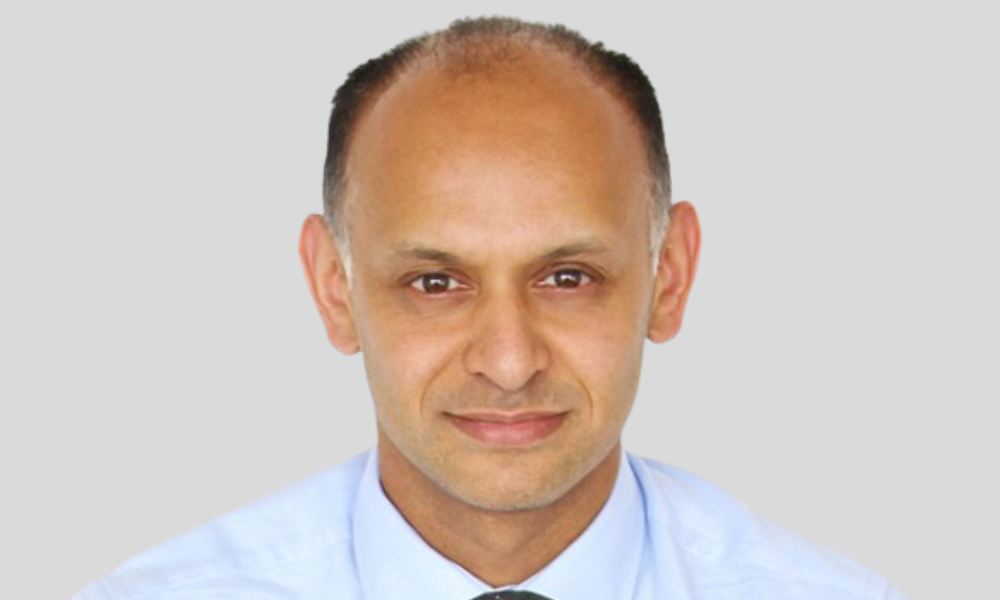Costs shift spending focus

Despite a recent uptick, retail spending levels in New Zealand have effectively been tracking sideways, as cost-of-living pressures prompt households to cut back on discretionary spending and focus on necessities, Westpac reported.
Rising spending levels but caution persists
Over the past three months, spending on Westpac-issued debit and credit cards increased by 5.3% compared to the same period last year, marking the fastest growth in over six months.
However, Satish Ranchhod (pictured above), senior economist at Westpac, stressed that this increase is more of a normalisation rather than a reacceleration of spending appetites, as spending levels were weak last year due to severe weather events.
See LinkedIn post here.
Discretionary spending declines
The underlying trend shows that households are increasingly prioritising value for money and essential items over luxuries.
“Households are foregoing nice-to-haves in favour of value-for-money,” Ranchhod said.
This shift has significantly impacted sectors like hospitality and apparel, with spending on dining out falling below 2021 levels and apparel spending down by 2% from last year.
Grocery spending remains resilient
While spending on many items has decreased, grocery spending has shown resilience, rising 4.5% compared to last year.
However, Ranchhod pointed out that “grocery retailers have told us that they’re seeing a shift in households’ preferences, with many families switching to lower cost options.”
Regional spending trends
There is a notable difference in spending trends across regions. Wellington and Auckland have seen relatively subdued spending increases, with Wellington up just 3% and Auckland up 3.9% over the past year.
Ranchhod highlighted the challenges in these regions, including high housing costs and a softening labour market.
“There continues to be particular softness in Auckland and Wellington,” he said.
Conversely, areas like Hawke’s Bay, Gisborne, Otago, and Southland have experienced strong spending growth, supported by recovery efforts from last year’s severe weather and a boost in international tourism.
Outlook for spending growth
Looking ahead, Ranchhod expects spending growth to remain muted through the middle of the year due to continued financial pressures on households. However, he anticipates a potential boost in the second half of the year from tax cuts.
“The issue will be households’ willingness to spend: with interest rates likely to remain high for some time yet and the labour market cooling, households may remain cautious about spending,” he said.
Click here to read Westpac's Economic Bulletin.
Get the hottest and freshest mortgage news delivered right into your inbox. Subscribe now to our FREE daily newsletter.



